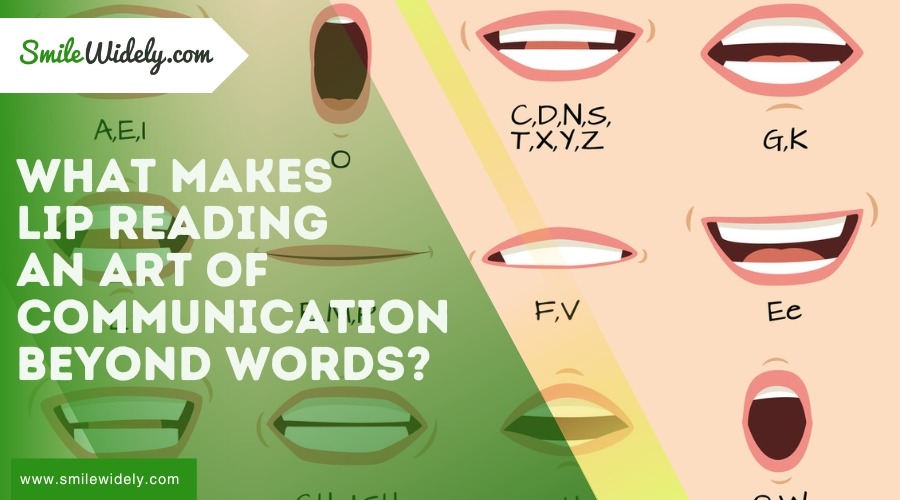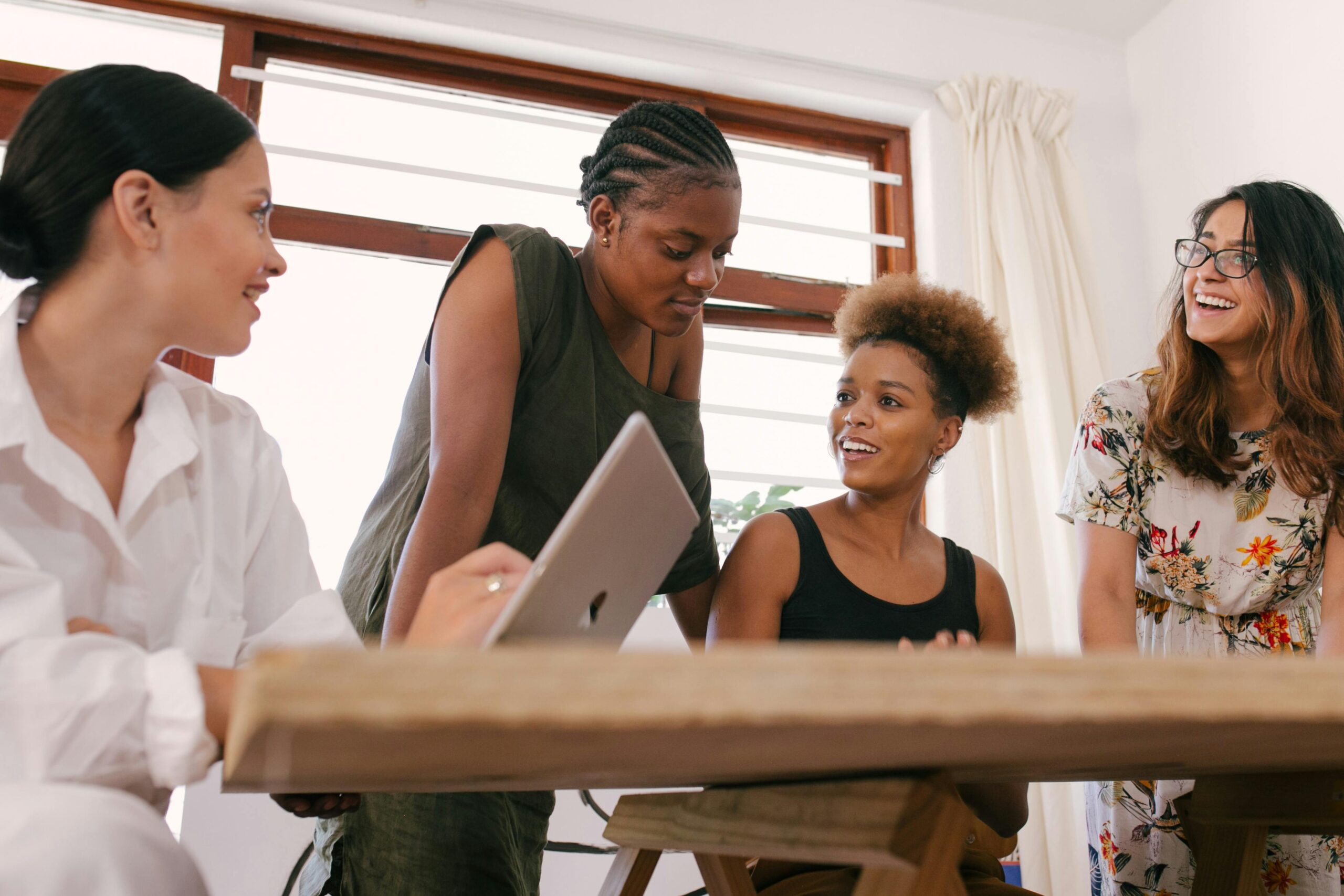You watch, you observe, and you understand; lip reading transforms the silent into the audible, transcending the barrier of sound through the art of visual perception.
It’s a skill that demands not only keen eyesight but also a deep understanding of context and human emotions. For those with hearing impairments, it’s a bridge to the world of sound, offering a sense of belonging and connection that goes beyond mere words.
But what lies beneath the surface of this seemingly straightforward skill? As we explore the intricacies of lip reading, you’ll discover its challenges, its nuances, and its profound impact on communication, leaving you intrigued by the silent conversations happening all around us.
Deciphering Silent Speech
Deciphering silent speech through lip reading lets you unlock conversations without a sound, turning visual cues into meaningful dialogue. This skill hinges on your ability to interpret lip movements and facial expressions, transforming them into a rich tapestry of non-verbal communication. It’s like having a secret key to understanding whispers in a world where silence reigns.
Lip reading isn’t just about watching someone’s lips move; it’s an intricate dance of noticing the slightest twitch, the briefest smirk, or the most fleeting frown. These visual cues offer a window into silent speech, enabling you to grasp the essence of communication beyond mere words. You’re not just observing; you’re actively piecing together a puzzle, where each movement contributes to the overall picture of what’s being communicated.
Mastering this art means you’re adept at recognizing the subtleties that make up non-verbal cues, enhancing your understanding of conversations without relying on sound. It’s a skill that proves invaluable in situations where verbal communication isn’t an option, allowing you to stay connected and engaged in the silent discourse that surrounds you.
The Role of Empathy
You’ll find that empathy is the key that unlocks a deeper understanding in lip reading.
By observing and connecting with the speaker’s emotions, you’re not just recognizing words, but also the unspoken feelings behind them.
This emotional connection through observation enhances your ability to communicate more empathetically, bridging gaps where words fall short.
Empathy Enhances Understanding
Empathy often plays a pivotal role in enhancing your understanding of what’s being communicated during lip reading interactions. By stepping into the speaker’s shoes, you’re not just observing words but also feeling the emotions and intentions behind them. This deep level of empathy improves the accuracy of communication, allowing you to catch subtle nuances in lip movements and facial expressions that you might otherwise miss.
Here’s how empathy enriches the process:
- Understanding beyond words: You grasp the full message, including its emotional depth.
- Deciphering nuances: Subtle facial expressions become clearer, leading to better comprehension.
- Connection beyond the surface: Stepping into the speaker’s perspective fosters a deeper bond, making communication more effective and meaningful.
Emotional Connection Through Observation
Building on the importance of empathy in understanding non-verbal cues, let’s explore how it fosters an emotional connection through careful observation in lip reading.
By tuning into facial expressions and subtle cues, you’re not just deciphering words; you’re connecting on a deeper, emotional level. Empathy allows you to sense the emotions behind the words, enhancing the interaction far beyond mere exchange of information.
As you observe and interpret these non-verbal cues, you establish a meaningful connection with the speaker. This emotional bond is crucial, as it emphasizes the significance of empathy and understanding in lip reading.
It’s not just about what’s said, but how it’s expressed, making every conversation more profound and heartfelt.
Recognizing Unspoken Feelings
In the realm of lip reading, recognizing unspoken feelings hinges on the ability to empathize, allowing you to connect deeply with the speaker’s emotions beyond their words. This skill elevates communication to a more nuanced and profound level, where you’re not just hearing words, but truly understanding what’s being conveyed without them.
- Sensitivity to subtle facial expressions enhances your understanding of underlying emotions, making every non-verbal cue a piece of the emotional puzzle.
- Observation of non-verbal signals allows for a deeper connection, as you tune into sentiments that words alone can’t express.
- A keen awareness of the unspoken fosters a unique bond, bridging gaps in communication and bringing people closer through empathy and understanding.
Beyond the Visual Cues
To master lip reading, you need to delve beyond mere visual cues, incorporating facial expressions and context to fully understand speech. It’s not just about watching lips move but also interpreting the subtle signals that body language and contextual clues offer. These elements are integral to capturing the full essence of communication that goes unspoken.
For instance, a person’s posture or the way they gesture can add layers of meaning to the words they’re forming with their lips.
Moreover, even though you can’t hear the tone of voice, the rhythm and flow of speech reflected in facial expressions can give you insights into the speaker’s emotions and intentions. Recognizing the nuances in these visual aspects requires keen observation and a deep understanding of how language works beyond its audible form.
Mastering Contextual Understanding
Mastering contextual understanding in lip reading requires you to dive deep into the world of non-verbal communication, deciphering every gesture and facial expression to fully grasp what’s being conveyed. This facet of the Art of Lip Reading moves beyond mere words, integrating visual cues with the environment and non-verbal signals, enhancing the precision of your interpretations. Imagine being able to not just see words but to feel the emotions and intentions behind them, all through the power of contextual understanding.
- Empathy: Recognizing the subtle shifts in a speaker’s facial expressions and gestures allows you to connect on a deeper emotional level, making conversations more meaningful.
- Accuracy: By focusing on the surrounding environment and non-verbal cues, you’re less likely to misinterpret what’s being said, reducing misunderstandings.
- Confidence: Mastering this level of understanding boosts your confidence in lip reading, empowering you to engage in conversations more freely.
Effective lip readers use contextual clues to fill in the gaps and interpret speech patterns and intended meanings accurately. This skill enables you to decipher ambiguous or challenging speech sounds, capturing the nuances and emotions of spoken language visually. The art of lip reading, thus, becomes a comprehensive communication tool, extending far beyond the spoken word.
Challenges and Misconceptions
You might think lip reading is just about watching someone’s lips, but it’s far more complex.
Overcoming communication barriers requires understanding not just the movements, but also the context and nuances of language.
Misinterpretations are common, yet with practice and awareness, you can navigate these challenges more effectively.
Common Misinterpretation Issues
Numerous challenges and misconceptions surrounding lip reading often stem from the visual ambiguity of certain phonemes that appear similar on the lips. This can lead to misinterpretation issues, where understanding becomes a complex puzzle of guessing what’s being said. You might think you’ve got the hang of it, only to realize how lip movements can deceive.
- Visual Ambiguity: It’s tough to distinguish between sounds when they look almost identical on someone’s lips. This visual ambiguity lays the groundwork for frequent misunderstandings.
- Obstructed Views: Whether it’s a hand over the mouth or a poorly lit room, not seeing lip movements clearly adds another layer of complexity to lip reading.
- Overlooked Complexities: Many assume lip reading is straightforward, ignoring the intricate dance of deciphering speech without hearing it.
Understanding these challenges is crucial in appreciating the skill that lip reading truly is.
Overcoming Communication Barriers
Understanding the challenges and misconceptions of lip reading is the first step towards breaking down communication barriers. You might think lip reading solely relies on visual cues, but it’s more complex. In dark or obstructed settings, you’ll find accuracy dips, showcasing the art’s limitations.
Misconceptions run rampant, with some believing everyone can master this skill effortlessly. However, obstacles like limited visibility, unclear speech, and diverse lip movements make it clear that lip reading isn’t universally easy. It’s crucial to understand these hurdles to promote better strategies for those with hearing impairments.
Overcoming these misconceptions isn’t just about education; it’s about fostering awareness and support, ensuring words and intentions aren’t lost. Remember, lip reading is an art, honed through understanding and patience, bridging the gap in hearing communication.
Advancing With Technology
As technology progresses, automated lip-reading is transforming how we communicate in a world beyond words. With advancements in computational engineering and facial animation, machine lip-reading is no longer a futuristic fantasy but a burgeoning reality. This leap forward isn’t just enhancing speech recognition; it’s revolutionizing communication aids, particularly for those with hearing impairments.
Imagine being able to understand someone without hearing them speak. Machine lip-reading makes this possible by automating the process for video-only recordings, making communication in noisy environments or across digital platforms more accessible and inclusive. Moreover, its applications in biometric person identification and enhancing face-to-face video interactions are groundbreaking.
Consider these three points to grasp the emotional impact of this evolution:
- Empowerment: Individuals with hearing impairments can experience a new level of independence and engagement in conversations.
- Inclusivity: Breaking down barriers for those who rely on lip-reading, fostering a more inclusive society.
- Innovation: The continuous improvement of automatic speech recognition systems and speaker identification accuracy, promising a future where technology understands us better than ever before.
As we advance with technology, the art of communication is expanding, demonstrating the limitless potential of machine lip-reading to enrich our lives.
Conclusion
In mastering the art of lip reading, you tap into a world beyond words, where silent speech speaks volumes. It’s not just about seeing; it’s about feeling and understanding the unsaid. You learn to navigate communication with empathy, picking up on subtle cues that many overlook. While challenges persist, technology is on your side, making this skill more accessible.
Embrace lip reading as a powerful tool to connect deeply with others, enhancing your communication and relationships in profound ways.





